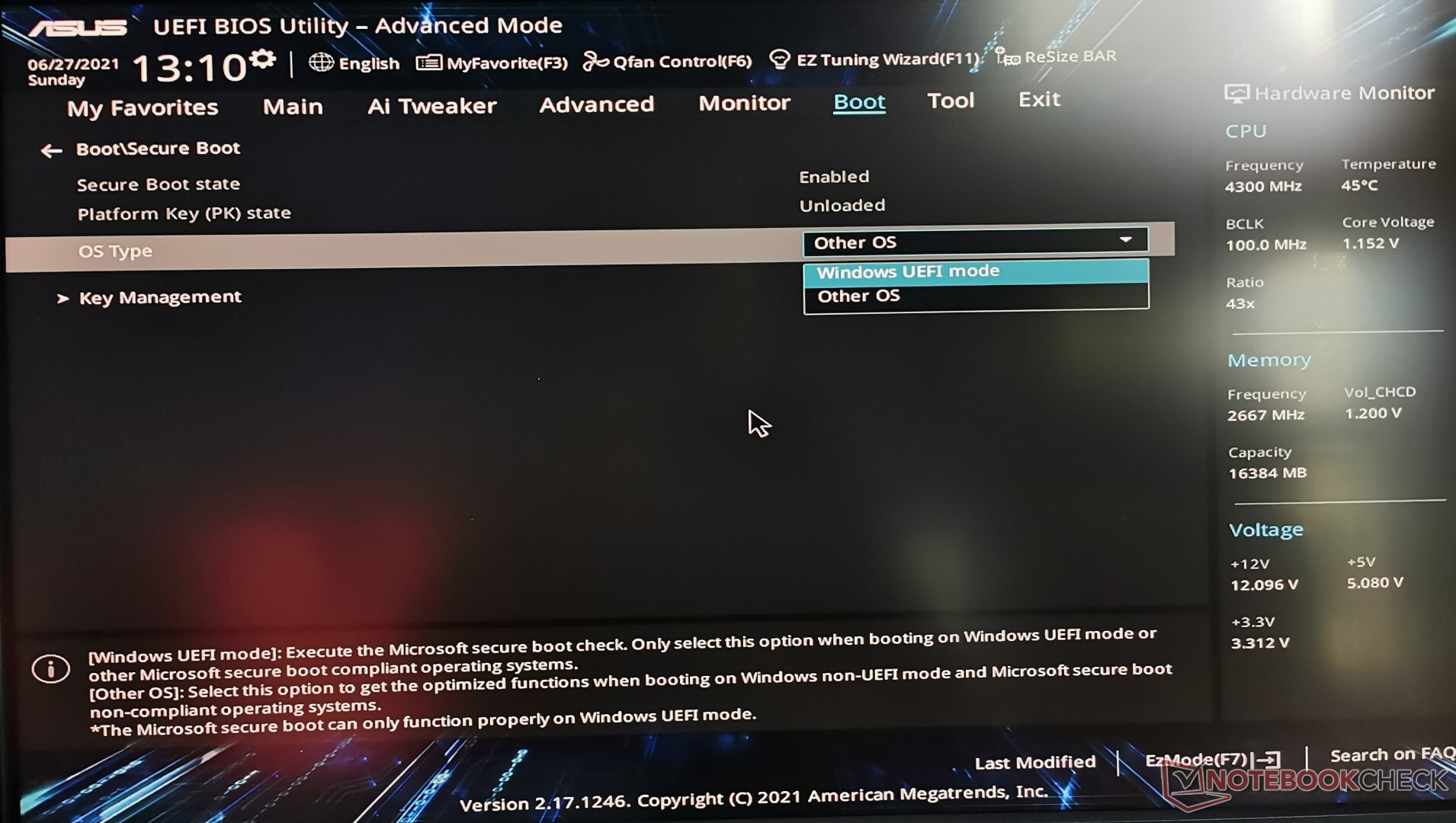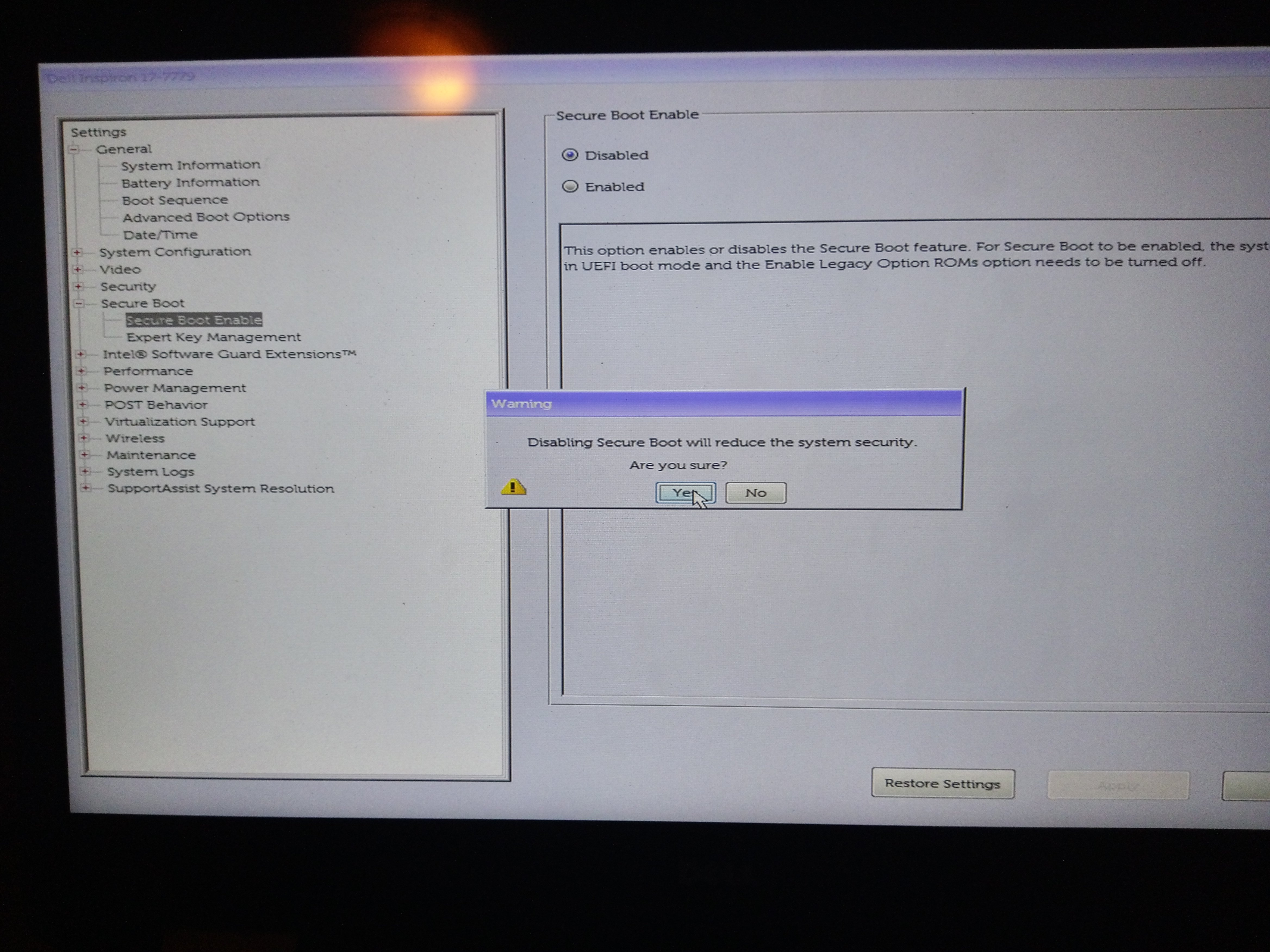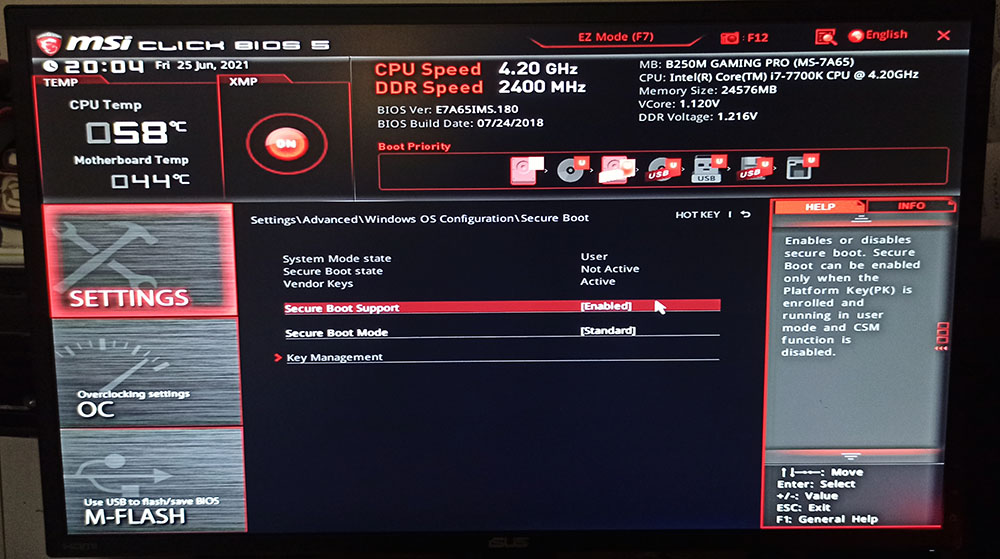



We encourage those with MSI motherboards to check the list on GitHub for their model numbers or enter the BIOS and audit the Secure Boot settings themselves.The Advanced Startup Options Menu offers you a handful of utilities. That said, users can patch up this security hole themselves by entering the BIOS and changing the “Always Execute” rules to “Deny Execute.” Since the full list of affected MSI motherboards is hundreds of lines long, we won’t copy it here.

Unfortunately, it doesn’t seem that MSI is willing to acknowledge this problem, as Potocki’s attempts to contact the company have so far been ignored. This default configuration is a boon to threat actors, enabling them to implant persistent malware on compromised systems without needing to bypass Secure Boot with an exploit. Thus, many MSI motherboards seem to appease the Windows 11 security requirement by marking Secure Boot as “Enabled,” while operating according to rules with the same effect as if Secure Boot were disabled. However, according to Dawid Potocki’s research, the default configuration for a wide range of MSI motherboards has all of these rules set to “Always Execute.” This option effectively bypasses Secure Boot, as the system will launch any software at boot regardless of whether it bears a signature that Secure Boot recognizes as safe. In order for Secure Boot to function as intended, these rules should be set to “Deny Execute,” which will prevent software from launching when there is a security violation. One of these sub-menus, labeled “Image Execution Policy, contains rules that determine under what circumstances Secure Boot will allow software to launch at system boot.


 0 kommentar(er)
0 kommentar(er)
